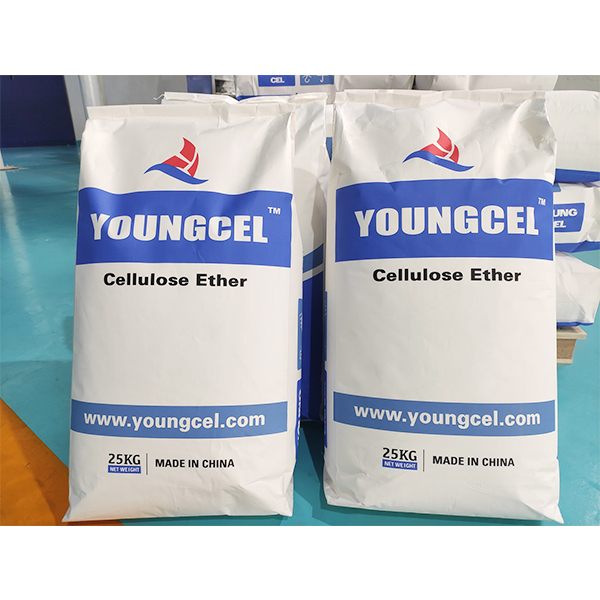Understanding Methylcellulose and Hydroxypropyl Methylcellulose in Modern Applications
Methylcellulose (MC) and Hydroxypropyl Methylcellulose (HPMC) are widely recognized for their versatile applications across various industries, particularly in pharmaceuticals, food, and cosmetics. These cellulose derivatives, derived from plant cellulose, have desirable properties that make them essential in both natural and synthetic formulations.
Chemical Structure and Properties
Methylcellulose is a methyl ether of cellulose, obtained by the partial methylation of cellulose. This modification imparts water solubility to MC, which is insoluble in cold water but forms a gel when heated, a unique characteristic that is utilized in several applications. Hydroxypropyl Methylcellulose, on the other hand, is a derivative that has been further treated with hydroxypropyl groups, resulting in increased water solubility and improved adhesion properties. HPMC is generally soluble in both hot and cold water, making it particularly useful in various formulations.
Both MC and HPMC are non-ionic, biocompatible, and biodegradable, which further enhances their appeal in applications requiring environmental consideration. Their thickening, emulsifying, and stabilizing abilities allow them to function effectively as additives in many products.
Applications in Pharmaceuticals
In the pharmaceutical industry, methylcellulose and hydroxypropyl methylcellulose are often used as excipients in tablet formulations, providing binding and disintegrating properties. They help control the release of active compounds, enhancing bioavailability and ensuring that medications have a consistent effect in the body. Additionally, HPMC is widely employed in the production of ophthalmic solutions and gels due to its ability to maintain moisture and lubricate tissues, providing relief for patients with dry eyes.
The ability of these cellulose derivatives to form gels at varying temperatures allows for innovative drug delivery systems. For example, drug formulations utilizing MC and HPMC can be designed to release active ingredients at specific rates, tailored to the therapeutic needs of patients.
mecellose hpmc

Food Industry Utilization
In the food industry, methylcellulose and hydroxypropyl methylcellulose are valued for their gelling, thickening, and emulsifying properties. They are commonly incorporated into gluten-free products, providing a reminiscent texture similar to that of traditional wheat-based goods. This is particularly important in catering to consumers with gluten intolerance or celiac disease.
Furthermore, HPMC is utilized as a fat replacer in low-calorie food formulations, allowing for the retention of moisture and mouthfeel without the added calories. Additionally, it is an approved additive in many food products, enhancing palatability and extend shelf life by preventing the separation of ingredients.
Cosmetics and Personal Care Products
Both methylcellulose and hydroxypropyl methylcellulose find extensive applications in the cosmetics and personal care industry. They serve as thickening agents in lotions, creams, and gels, improving texture and stability. The moisture-retaining capabilities of these compounds make them ideal for skin care formulations, as they help maintain hydration levels.
Moreover, HPMC is frequently used in hair care products, such as shampoos and conditioners, providing improved hair feel and manageability. Its film-forming properties also make it an essential ingredient in many cosmetic formulations, helping products adhere to surfaces and enhance their effectiveness.
Conclusion
In summary, methylcellulose and hydroxypropyl methylcellulose are multifunctional ingredients that play crucial roles in various industries. Their unique properties enable them to provide solutions ranging from drug delivery and food formulation to cosmetics, illustrating their versatility and importance in modern formulations. As sustainability becomes increasingly relevant, the biodegradable nature of these cellulose derivatives further positions them as key components in the quest for environmentally friendly products. As research progresses, the potential applications for MC and HPMC are likely to grow, paving the way for even more innovative solutions in the future.
-
Rdp Powder: Key Considerations for Wholesalers in the Building Materials IndustryNewsJul.08,2025
-
Key Considerations for Wholesalers: Navigating the World of Hpmc - Based ProductsNewsJul.08,2025
-
Hpmc Detergent: Key Considerations for WholesalersNewsJul.08,2025
-
Key Considerations for Wholesalers: China Hpmc For Tile Adhesive, Coating Additives, Concrete Additives, and MoreNewsJul.08,2025
-
Crucial Considerations for Wholesalers: Navigating the World of Construction MaterialsNewsJul.08,2025
-
Key Considerations for Wholesalers Sourcing Additive For Cement, Additive For Concrete, Additive For Putty from Additive Manufacturer Shijiazhuang Gaocheng District Yongfeng Cellulose Co., Ltd.NewsJul.08,2025




